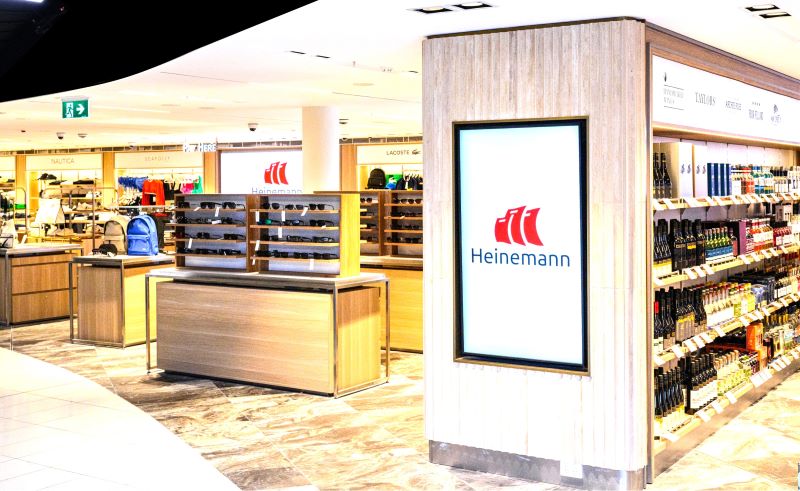 CHINA. There has been a phenomenal worldwide explosion in the use of emojis on electronic devices, particularly in text messaging and social media. They offer a great opportunity for luxury brands to reach mass audiences in China, according to Jing Daily, a content partner of the Moodie Davitt Report.
CHINA. There has been a phenomenal worldwide explosion in the use of emojis on electronic devices, particularly in text messaging and social media. They offer a great opportunity for luxury brands to reach mass audiences in China, according to Jing Daily, a content partner of the Moodie Davitt Report.
So why are these brands not taking advantage of the marketing potential of emojis in the world’s most populous country, the publication asks.
Emojis have become essential to online conversations in China, especially among young people. According to a big data report co-created by Sun Yat-Sen University and Tencent, the most popular emoji in 2016 was the facepalm sign (signifying an awkward and embarrassing feeling).

To give an idea of the scale of its use, Jing Daily observes that the facepalm emoji was used in popular social media tools WeChat and QQ a mind-boggling 760 million times that year.
Although, as Jing Daily notes, many luxury brands have tried emoji marketing on a global scale, few of them have yet to make emojis an integral part of their China-based campaigns. Chinese Millennials —who share a passion for emojis — have now resorted to making their own luxury-related emojis for daily WeChat use.
The likes of Gucci, Versace, and Chanel have made attempts at launching official emojis with their brand refreshes, but their pioneering efforts mostly cater to western audiences.
The emoji campaigns of these brands were for a global Millennial audience, Jing Daily notes, and they weren’t seen as ‘China-specific’. So far, most of the luxury emoji campaigns to reach the China market have had a variety of issues which make them less effective in China.
So, are emojis central to the future of luxury marketing in China? Yes, says Jing Daily: for luxury brands that want edgy, relevant, and surprising content for Chinese Millennials, emojis hold a lot of potential.
For one, most luxury brands have already opted for social media marketing in China anyway, but not all of these brands are getting the reach across platforms they need. Incorporating emojis into the brand’s marketing campaign is one way for them to increase the speed and fluidity of social sharing.
Jing Daily strongly believes that an officially released emoji collection could help integrate brands into the digital identity of their customers. “Recognisable name brands could easily give Chinese fans a small way to share the love for their favourite luxury products. The fashion houses should let them,” it concludes.
Click here to read the full article and to subscribe to Jing Daily.
 *This article was originally published by the much-respected JING DAILY, a Moodie Davitt Report content partner.
*This article was originally published by the much-respected JING DAILY, a Moodie Davitt Report content partner.












